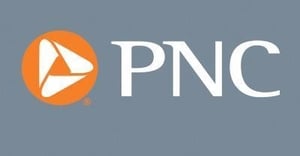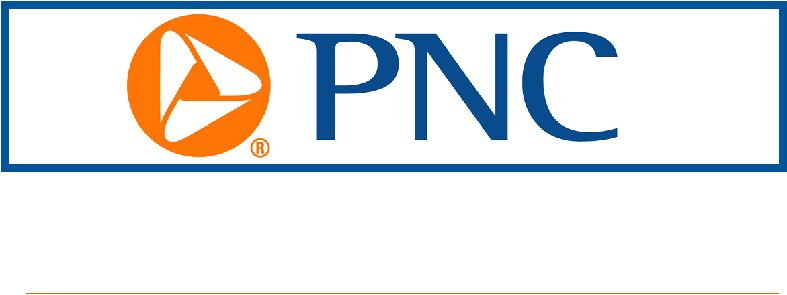
With Small Increases in After-Tax Income, Consumer Spending
• Inflation accelerated in January on a month-to-month basis, both core and overall. But both types of inflation slowed a on year-over-year basis.
• There was a big jump in personal income, but that was largely offset by a big increase in tax payments. Adjusted for inflation after-tax income was flat.
• Spending increased modestly and was down slightly after adjusting for inflation.
• Inflation will slow in the near term, allowing for fed funds rate cuts starting in the second quarter.
• Solid consumer fundamentals will allow for continued economic expansion in 2024, although growth will slow from last year..
The personal consumption expenditures price index rose 0.3% in January from December, the strongest inflation since September 2023. The core PCE price index, excluding volatile food and energy prices, rose 0.4% in January, the largest jump in core prices since February 2023.
On a year-over-year basis overall PCE inflation was 2.4% in January, down from 2.6% in December. Core inflation was 2.8% in January, down from 2.9% in December. Overall inflation peaked at greater than 7% in mid-2022, while core inflation peaked at 5.6% in early 2022.
On a six-month moving annualized basis core PCE inflation was 2.5% in January, up from 1.9% in December. The Federal Reserve has set an inflation objective of 2% using the core PCE price index.
Personal income rose 1.0% in January from December, before adjustment for inflation; this was the biggest increase in personal income since January 2023. Wages and salary income was up a solid 0.4% thanks to job gains and wage growth. There were large increases of 2.6% in government transfer payments, thanks to higher Social Security benefits, and 2.1% in investment returns. However, there was a big increase in taxes paid in January, up 6.0%, so after-tax personal income rose a more modest 0.3%. After adjusting for inflation personal income was flat in January.
Consumer spending rose 0.2% in January, the smallest increase since October. Spending fell on both durable goods (down 1.9%) and nondurable goods (down 0.8%) but rose 1.0% on services. After adjusting for inflation, consumer spending was down 0.1%.
With after-tax income up slightly more than spending, the personal saving rate inched up to 3.8% in January, from 3.7% in December.
Core inflation was revised slightly lower in December, but slightly higher in October.The January personal income and spending report was a mixed bag. Inflation accelerated over the month, particularly core inflation; this was expected after similar results in the January CPI report. Core inflation over the past six months is now above 2% annualized, after being slightly below it in December. But both overall and core PCE inflation slowed on a year-over-year basis. And the acceleration in monthly inflation is likely a one-off, with smaller price increases in the months ahead.
PNC expects core inflation to be at the central bank’s 2% objective on a year-over-year basis by the end of 2024. Slowing inflation will allow the Federal Open Market Committee to cut the fed funds rate in the second quarter of this year, and a few more times over the course of 2024, providing a support to economic growth.
Personal income jumped in January, with solid gains in labor market income, investment returns, and government transfer payments. But there was also a big increase in tax payments, and so after-tax income was flat after adjusting for inflation. Consumer spending fell in January, the first drop since March 2023. Still, household spending rose sharply at the end of 2023, and consumers are generally in good shape thanks to the strong labor market, slowing inflation, and rising asset values (both homes and stocks).
High interest rates are a drag on consumers, but long-term rates have come down over the past few months, and short-term rates should fall as the Fed cuts the fed funds rate later this year. Another drag on spending will come from households’ need to increase their saving. The personal saving rate, at below 4%, is well below the pre-pandemic rate of around 7%. This means that spending will need to increase more slowly than incomes in the near term.
Consumer spending will continue to gradually increase over the course of 2024, although at a slower pace than in 2023 as job and wage gains soften. With consumer spending making up about two-thirds of the U.S. economy, the economic expansion should continue throughout this year and into next.
The PNC Financial Services Group, Inc. is one of the largest diversified financial services institutions in the United States, organized around its customers and communities for strong relationships and local delivery of retail and business banking including a full range of lending products; specialized services for corporations and government entities, including corporate banking, real estate finance, and asset-based lending; wealth management and asset management. For information about PNC, visit www.pnc.com.














